![]()
|
Battam
& Son / Thomas Battam jnr
|
Location and period of operation:
|
Battam & Son |
Fenton |
c.1830's |
c.1870's |
Thomas Battam, and his son Thomas Battam jnr. were decorators of porcelain. Thomas Battam's father was recorded as a 'china-guilder'
Battam exhibited at a number of international exhibitions including those of 1855, 1862 and 1871.
- Thomas Battam jnr. was a painter of pottery and porcelain and the proprietor of a China decorating firm. In 1834 he began to work for Copeland, and during this period he may have developed the formula for Parian Ware. He is given credit for its invention in the catalogue of the Great Exhibition of 1851; this may be so, but several potteries subsequently claimed credit for its invention. His firm made imitation Greek vases that are known as Battam ware.
From: The Grove Encyclopedia of Decorative Arts in Oxford Reference.
|
Thomas
Battam snr was born in 1786 in Westminster and died in 1861 in
Kensinton, London.
(Probably Thomas Battam snr was the son of a Thomas Battam of Tufton Street, Westminster and later Green Walk, Christ Church, Surry who was a China-gilder)
He was in Stoke-on-Trent on the 1841, 51 & 61 censuses and his occupation is artist & author.
|
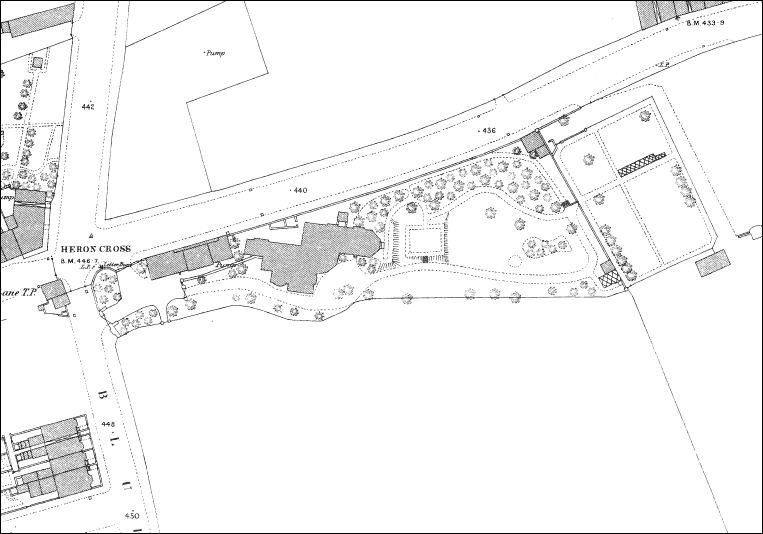
Heron Cottage - home of Thomas
Battam jnr
1878 map
|
At the cross-roads at Great Fenton stood Heron Cottage, the home of Thomas Battam jnr. Described in 1829 as a 'small but superb edifice' (Shaw) and about 1840 as 'agreeable for its seclusion' and having 'the character of an episcopal seat'. (Ward)
Thomas Battam sold the 9 bed house in 1855, apparently he then relocated to London when he proposed the 'Ceramic Court' at Crystal Palace.
|
Staffordshire Advertiser, 5 November 1864
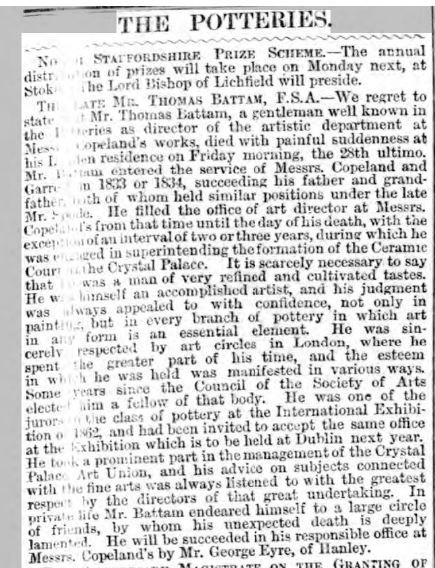
|
The late Mr. Thomas Battam, FSA - We regret to state that Mr Thomas Battam, a gentleman well known in the Potteries as director of the artistic department at Messrs. Copeland's works, died with painful suddenness at his London residence on Friday morning, the 28th ultimo. Mr Battam entered the service of Messrs. Copeland and Garrett in 1833 or 1834, suceeding his father and grandfather both of whom occupied similar positions under the late Mr. Spode.
It is scarcely necessary to say that he was a man of very refined and cultivated tastes. He was himself an accomplished artist, and his judgement was always appealed to with confidence, not only in painting, but in every branch of pottery in which art in any form is an essential element. He was sincerely respected by art circles in London, where he spent the greater part of his time, and the esteem in which he was held was manifested in various ways. Some years since the Council of the Society of Arts elected him a fellow of that body. He was one of the jurors in the class of pottery at the International Exhibition of 1862, and had been invited to accept the same office at the Exhibition which is to be held at Dublin next year. He took a prominent part in the management of the Crystal Palace Art Union, and his advice on subjects connected with the fine arts was always listened to with the greatest respect by the directors of that great undertaking. In private life Mr. Battam endeared himself to a large circle of friends, by whom his unexpected death is deeply lamented. He will be succeeded in his responsible office at Messrs. Copeland's by Mr. George Eyre, of Hanley.
|
|
Narcissus Produced
by Copeland & Garrett
|
|
Crystal Palace Art Union
Until 1864 it was based at Sydenham, in the Ceramic Court of the Crystal Palace. It was approved by the Board of Trade in 1858 but commenced its activities a year later. For a subscription of 1 guinea (or more), the subscribers could choose a piece of Parian from a list. The Bride, one of the most popular busts ever produced in Parian, was issued in 1861. In 1864 Battam died and the union changed its name to the Ceramic and Crystal Palace Art Union, and its offices moved from the Polytechnic Institute in Regent Street, to Castle Street, off Regent Street. Little is known of its activities after that time, although it appears to have continued until at least 1883.
|
London Gazette, September 22 1854
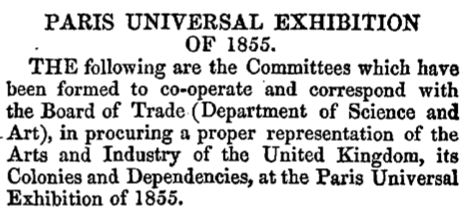
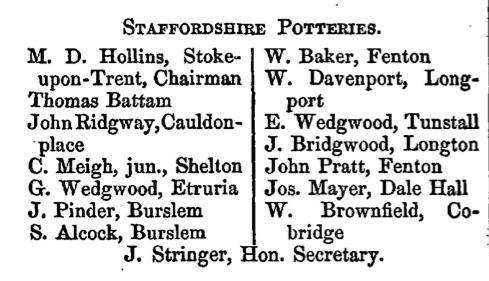
Thomas Battam
- member of the Staffordshire Potteries
Committee for the paris Exhibition of 1855
Selected
by the Committee for the Staffordshire Potteries
to exhibit at the Paris Universal Exhibition of 1855...

Battam, T., jnr
Heron Cross, Great Fenton, Stoke-upon-Trent
Porcelain paintings
The Athenĉum
July 31 1858

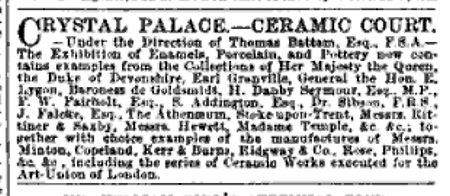
Crystal Palace - Ceramic Court
Under the direction of Thomas Battam Esq., F.S.A.
Wikipedia article on Thomas Battam
Wikipedia article on the Art Union of London
Wikipedia article on Parian Ware
Questions/comments/contributions? Steve Birks